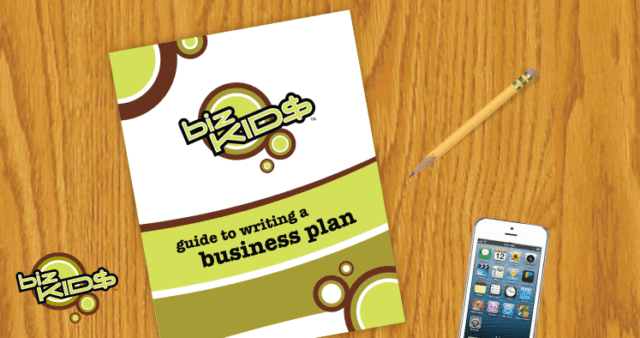In the world of entrepreneurship, two words act as the gateway between dreams and reality: business plan.
Table of Content
Our business plan template for teens has long been our site’s #1 most downloaded resource – and one of the most popular such guides on the entire web! There’s a good reason for that: what other resource acts as a such a consequential piece of paper? Looking to get a loan from your parents, grandparents, or old-school bank? Have a business plan ready for your first meeting. Looking to convince a buddy to leave his after-school job to join your big idea? A thoughtful roadmap will go a long way toward persuading her to take the risk.
To some entrepreneurs who see themselves as “big vision” types, a thoughtfully crafted business plan can feel like a waste of time. After all, whose financial “projections” ever come true? Yet the exercise is valuable for more reasons than one: not only will a written plan instill confidence in others, but it will help you work out the kinks in your own thinking before taking your vision to the marketplace.
Big Vision a.k.a. Elevator Pitch
It’s one thing to have a grand vision in your head, but a completely different thing to communicate your vision in a way that others can understand and rally around. Your big vision should paint a picture of the state of the world without your product or service, and the difference your idea will make in the lives of its adopters. How would you describe your big vision in a brief and bold sentence or two?
Market & Competition
The “market” for your product is the region, platform, or audience that your product or service will compete in. For a lawn care business, perhaps it’s the homeowners behind every lawn in suburban Kansas City. For an artist crafting greeting cards, perhaps it’s the window-shoppers of retail gift shops in Pensacola. Even if you think your audience is unlimited (Bro, I sell stuff to everybody on the internet!), you’ll be taken more seriously if you’re able to describe a specific, well understood market for your product or service.
Once you’ve framed your market, consider your competition. A reader of your business plan will want to see that you’re aware of your competitors and have a plan to improve on what they offer or how they operate some crucial aspect of it.
Team
Whether you’re asking strangers or relatives for investment or purchases, you’re not just selling an idea; you’re selling someone on your ability to make it happen. Here, give your readers an idea of who you are and what sets you apart. What are some examples of times your determination has paid off or your skills have been recognized by others? In other words, this is where you get to brag.
Financials
Let’s face it: “financial projections” are often mocked for being as realistic as unicorns. But calculating your hypothetical revenue and profit is a good exercise nonetheless. It’s important that you consider your costs of goods sold, like the cups, sugar, and lemons that would go into a lemonade stand or the gadget and cell phone plan required to try your hand at becoming a social media “influencer.” Without careful consideration of costs, your dream money-maker could become a nightmare money-loser in short order.
There used to be a bad habit in the world of entrepreneurship of gaining customers at any cost, with plans to recoup those costs later. Those days are over. Now, bankers and business pros want to see that you have a clear plan to make a profit. This is where you show them that you’ve thought things though and know how you’ll turn your sense of the market’s need into a financial success.
Marketing Plan
Once you’ve explained your big idea and shown how you can do more than break even by selling it, it’s time to outline your approach to gaining customers. This is where the “4 P’s of Marketing” are helpful handrails. What do you have planned regarding your product’s place (where you’ll sell), price (how much you’ll sell for), product (any variations you might offer of what you sell), and promotion (how you’ll spread the word)?
Executive Summary
Now that you’ve scribbled down responses for each section above, it’s time to boil your work down for a busy audience. It can be tempting to go on and on about a product or service that you’ve been dreaming up for weeks, but few things are more harmful to an otherwise stellar pitch than taking too long to explain it. If you worry that being brief will leave too much out, consider this: once you’ve hooked them, your audience can unlock all that additional brainstorming by uttering three words: “tell me more.” As you write the executive summary to your business plan, make those three words your goal, and you’ll be well on your way to securing the buy-in you desire.


